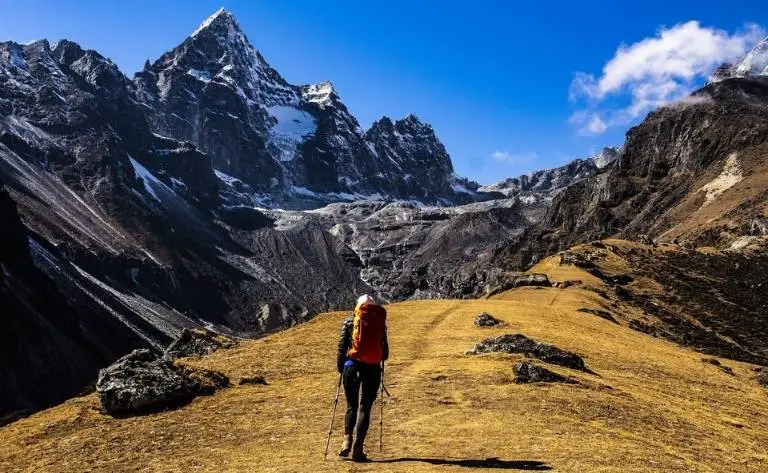Worlds Most Fascinating Hidden Rivers

Flowing Underground
They carry people and commodities on their backs, have homes constructed on their banks, and have bridges across their bodies. They have influenced the design of cities and have even been constructed around. However, the prosperity of those very cities has caused pollution and undergrounding of many of the world's rivers. Some of them are entirely submerged, while others have minor portions that are visible above ground—that is, if one knows where to look. They run beneath parks, roadways, and sidewalks. These are a few of the most intriguing undiscovered rivers on Earth.
River Westbourne, London, England, UK
Up until the early 19th century, when it was too dirty to walk by, let alone drink, the Westbourne supplied water to the expanding metropolis. In order to provide space for construction in Belgravia, Chelsea, and Paddington, the water that had ran from Hampstead via Hyde Park, Sloane Square, and eventually into the Thames was redirected into subterranean pipelines. Overlooking Sloane Square tube station, a portion of the original iron pipe is still visible today.
Garrison Creek, Toronto, Ontario, Canada

This image from the late 19th century shows Garrison Creek as it started to descend underground, with workers excavating culverts to turn the stream into an underground sewer. The creek was named because it empties into Lake Ontario near Fort York, the military stronghold in the region. It ran through an area that is now home to a number of inner-city neighborhoods for over five miles (8 km). Due to environmental concerns and the fast-growing population, the whole stream was turned into sewers by the 1920s.
Tank Stream, Sydney, Queensland, Australia
If not for a watercourse that has long since vanished into the deep ocean, Sydney may not look the way it does now. The location of the city today was chosen by European settlers in the late 1700s due to a little brook that indicated fresh water that had been filtered by sandstone and mosses. The stream came from the marshy high terrain that is today bounded by Market, Park, Elizabeth, and Pitt Streets. It trickled into a tiny valley and then empties into Sydney Cove through a tidal estuary that is barely visible to the left of this 1788 image.
Tank Stream, Sydney, Queensland, Australia
The name "Tank Stream" comes from the fact that the community expanded outward from the sandstone banks of the river, but when a drought hit, the water was redirected into holding or storage tanks cut out of the rock. Ten years after Tank Stream's source was drained in 1850 due to population growth, what was left of the stream got more and more contaminated, and what was left of Tank Stream was covered in stone. The Tank Stream Fountain, which pays homage to the stream's influence on the development of contemporary Sydney, was installed close to Circular Quay in 1981.
Bradford Beck, Bradford, England, UK

The name Bradford comes from the "ford" that crosses this river in northern England. This river was originally the center of Bradford and was used to power mills along its path. However, the river suffered during the Industrial Revolution and Bradford's involvement in the wool industry. As a result, it became notorious as a source of sickness and filth, earning the moniker "Mucky Beck" from the residents. The river was eventually driven underground as the city expanded and melted into the sewer system, passing through a number of arched foundations.
Bradford Beck, Bradford, England, UK
It almost seems as though it never happened at all now. It passes via culverts and tunnels built with brick for about four miles (6.5 km) beneath the city until emerging at the River Aire near Shipley, which is the sole part that touches the outside world (image). Friends of Bradford's Becks is a local organization that aims to bring back the city's river system to its former splendor.
Read Also: Discover the Hidden Gems of Venice
Bova-Celato River, Brescia, Italy
There are several underground rivers in Brescia, and unlike many places on our list, you can typically get a decent glimpse at them. Thanks to a group of knowledgeable people who offer tours of the city's underground rivers as an official historical society, you can really walk across them. Brescia Underground replaced a manhole cover with a glass one so that guests could see the location of the Bova and Celato River's underground convergence. The society's tours mostly center on the Bova-Celato River, as shown in the photo.
Saw Mill River, Yonkers, New York, USA
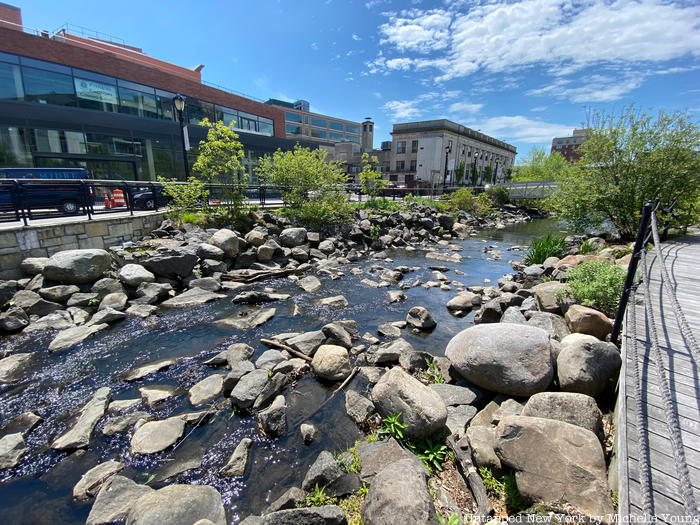
This river went slowly down into the gloom. It was called for a sawmill that Dutch landowner Adriaen van der Donck erected there, and it predates even New York. Its surrounding area was referred to as "van der Donck's land" and subsequently Yonkers. The Saw Mill River, which is 23 miles (37 km) long and the longest tributary of the Hudson, was partially seized by land as Yonkers grew. Much of it was covered by bridges and aqueducts, such as the Old Croton Aqueduct, which is seen in this 1843 image. The portion that ran through Yonkers was capped in the early 20th century.





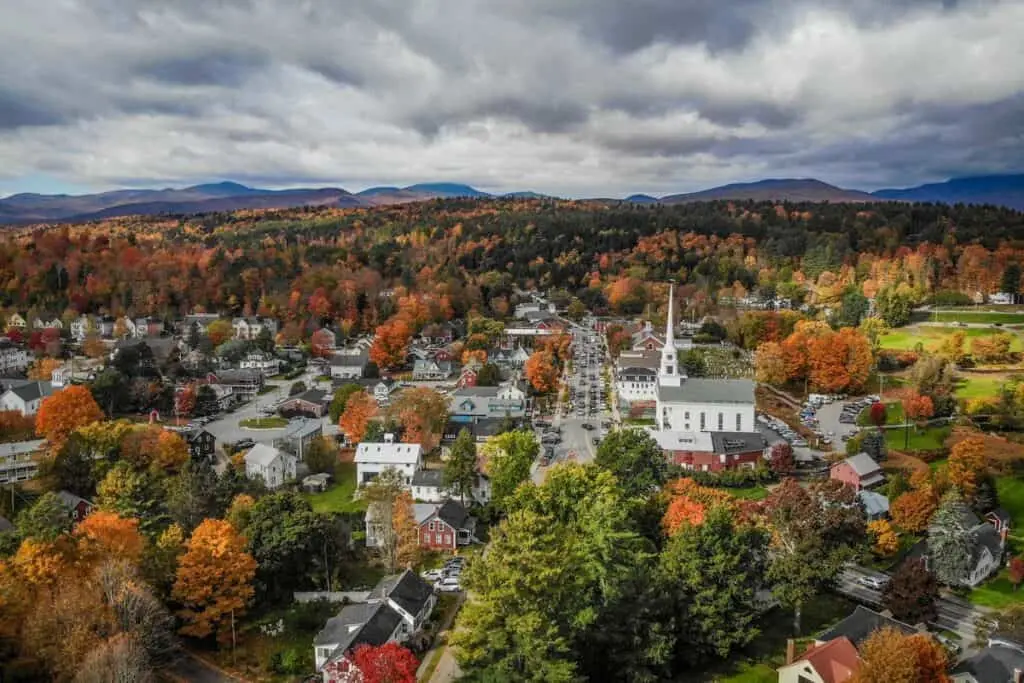
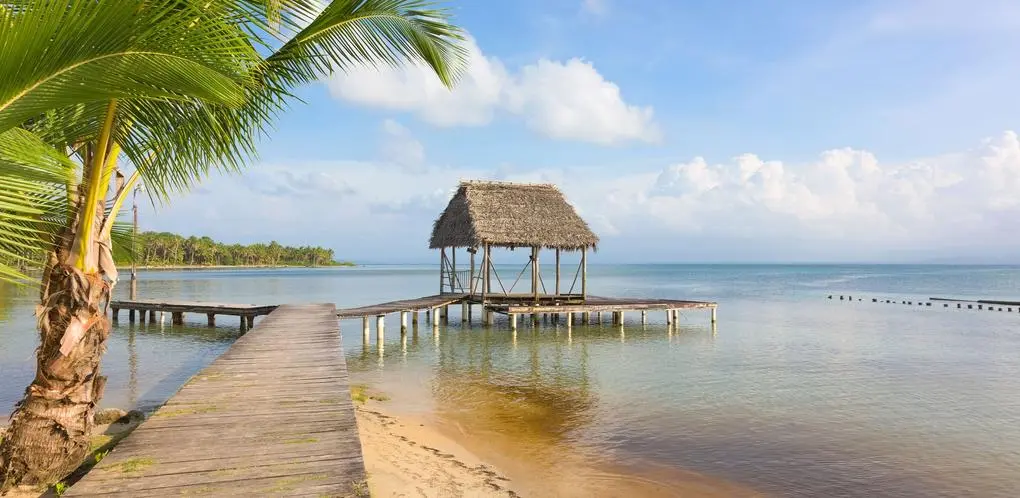
.webp)
.webp)
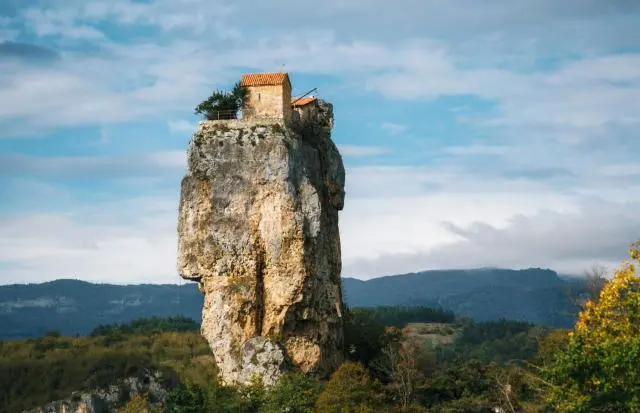
.webp)
